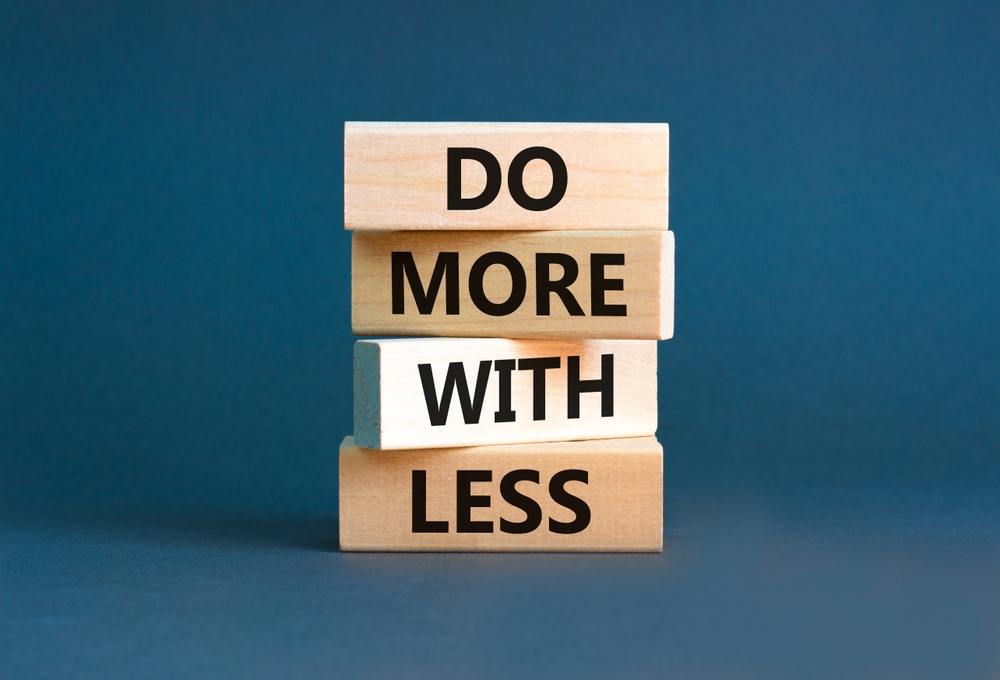Since late March, over 60 percent of employed Americans have worked from home, according to Gallup. As the world’s economies, business sectors, and supply chains have been stretched and inverted by global pandemic, employers have had to adapt rapidly to ensure that their employees are able to carry out their work safely and effectively.
“According to McKinsey research, 80 percent of people questioned report that they enjoy working from home. Forty-one percent say that they are more productive than they had been before and 28 percent that they are as productive.”
While no one would wish for the pain, illness, loss, and trauma that Covid-19 has wreaked on the world, we can’t deny that it has forced us to starkly reevaluate and pivot professionally, and in doing so, has revealed the likelihood of a vastly different future than we might have pictured before March 2020—a future that in some ways will make employment more equitable, more efficient and environmentally responsible, and will delocalize opportunity from major regional economic hubs. Here are a few major takeaways shared by McKinsey & Company that will likely carry into our professional/corporate culture indefinitely:
- Relocating
Collaboration looks different when we aren’t all in the same physical space. Thankfully, with ample digital tools at our fingertips, shared screens, video conferencing, digital whiteboards, we can still brainstorm, exchange ideas, and develop our businesses. Perhaps the central corporate office will not be the default but rather the exception for the time being, and new platforms, tools, and technologies will be developed to answer the call for even better avenues of virtual collaboration.
- Reconfiguring
Work responsibilities and roles are already being designated by how remotely they can be accomplished. As we figure out what can be done irrespective of location, we can reconsider who we hire for positions, and how we collaborate mostly virtually. This has been a direction hiring’s been moving toward, but Covid’s impact seems to be expediting it. Even when we have a vaccine, we may long-term have to observe more cautious practices of in-person meeting. If we reconfigure our companies and teams to work beyond location, our flexibility makes us more resilient to future possibilities that we’ll need to distance as we have in this time.
- Resizing & Redesigning
As we reexamine how much office space we will truly need in the coming months and years, leases may shift to flexible shares, or in some instances, be eliminated entirely. When we phase into sharing physical space again, distancing, mask wearing, and adequate ventilation will require that we redesign our offices to be safe for in-person collaboration. Surely, a risk analysis will be repeatedly necessary to consider whether in-person work’s benefits outweighs its risks.
The past few months have seen unprecedently extensive and rapid shift in the landscape of work life. As we move forward, it’s only wise that as employers and employees, we anticipate that it will be a long time—if ever—that our work week looks how it once did. Perhaps, in some sense, that is better news than we think.












0 Comments